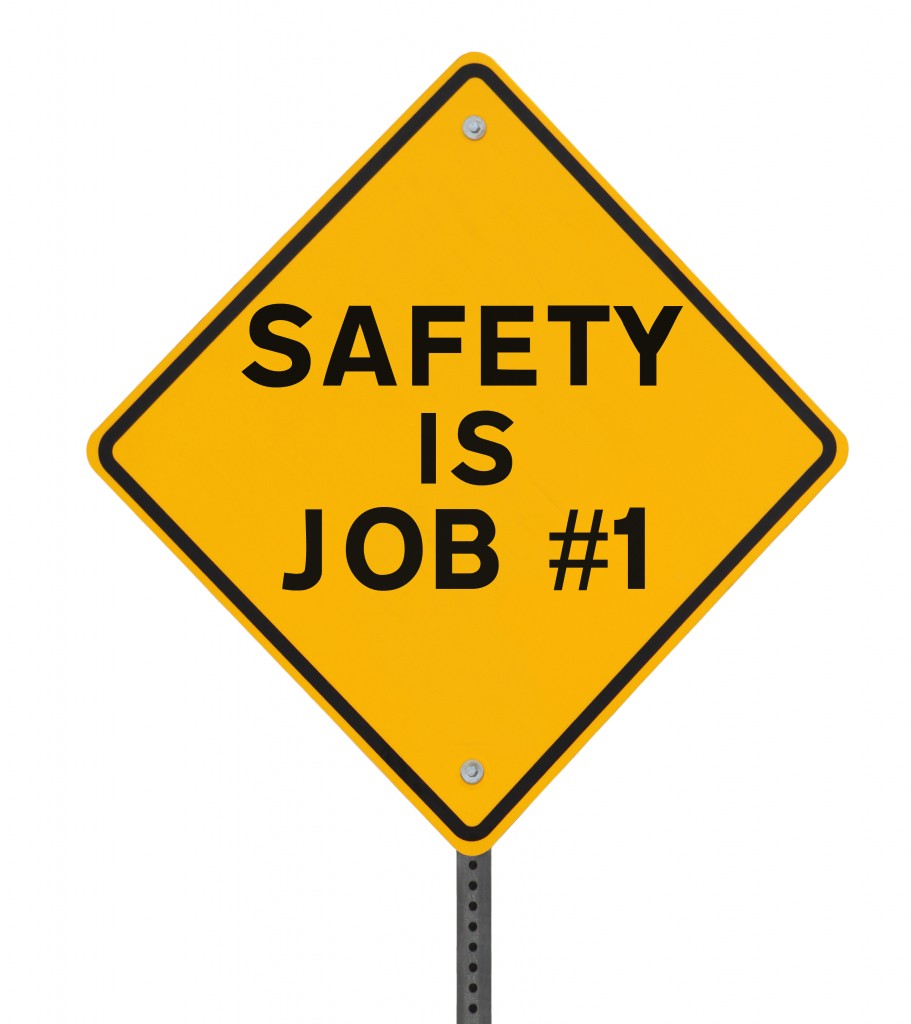We’ve all heard it before how safety should always be our number one priority. Whether at home or in the workplace, that statement has always been true. But how much do we prioritise safety, especially in the workplace? According to the International Labor Organization (ILO), there are over 340 million occupational accidents annually. In contrast, over 160 million workers have become victims of work-related illnesses each year. These are global statistics. In the United States alone, private industry employers reported 2.8 million nonfatal workplace injuries and illnesses in 2019 and 2018. The numbers sound huge, and these are only the accidents that get reported. Imagine how many more cases go unreported.
The most common causes of accidents and injuries in the workplace are falls, lifting objects (even small loads), getting hit by or bumping into objects, and having non-ergonomic workstations. Now that you know how many accidents occur each year and their causes, you have to know how to promote and improve safety in your workplace. Here’s how:
-
Table of Contents
Train your staff.
In every workplace, we make sure to train our staff on how to do their jobs well. Besides training them on how the job is done, make sure to include in their training the proper safety protocols to follow if anything goes wrong. This is assuming that you have established a set of rules on safety in the first place. If you haven’t, make sure to establish a set of rules for your workplace. It can be something as simple as always wear your personal protective equipment (PPE). That is particularly important nowadays, especially with the ongoing pandemic. You should also have a set of rules or a step-by-step process on what to do when a piece of equipment malfunctions, what to do during an earthquake, or a fire—things like that.
-
Equip your staff with the proper gear and tools.
You can keep your employees safe by providing them with the proper gear and equipment. As mentioned above, PPE is a great example of safety equipment. PPE includes safety helmets, eye protection, masks, protective clothing, high-visibility clothing, gloves, footwear, and even harnesses. If you work in the manufacturing industry, you should know how important PPE is. If you work in an office, PPE isn’t much of a concern. However, having ergonomic workstations are. People who have desk jobs are very susceptible to getting carpal tunnel syndrome. You can avoid such an injury by providing your employees with ergonomic keyboards.
-
Put up signs and labels.

Putting signs, labels, and emergency exit maps are the easiest way to advertise safety in the workplace. People are quick to forget the things that they are taught. Although, that doesn’t mean that you shouldn’t train your employees on safety. You still need to train them (regularly) and have signs to help them retain the information in their minds. After all, people are only capable of using 10% of their brains. Having signs around the office that remind people of safety protocols will help reinforce the rules.
-
Keep the workplace clean.
“Cleaning and organising is a practice, not a project,” says writer Meagan Francis. A good practice to have in the workplace, indeed. Keeping the workplace clean is a good way to avoid accidents from happening. Remember that falls are the most common office-related accident, according to the Center for Disease Control (CDC). And it’s usually caused by wet floors, loose carpeting, loose cords, open file drawers, or objects in walkways. Do you see what I’m getting at? If people only took the time to mop that slippery floor, fix the carpeting, secure the loose cords, close the file drawers, and got their things out of the way, we could avoid falls.
-
Conduct routine inspections.
Aside from keeping the workplace clean, you should also conduct regular equipment inspections. Take forklifts, for example. Forklift accidents and fatalities (yes, deaths) occur to at least 90% of forklifts. One cause of forklift accidents is mechanical malfunctions. The OSHA stated that 70% of forklift accidents could’ve been prevented. So, make sure to conduct regular inspections for each piece of equipment, especially machinery, to avoid accidents and fatalities.
-
Have safety meetings regularly.
Another good practice to have is to conduct safety meetings regularly. Better yet, why not do a safety meeting at the beginning of every meeting. It won’t take long, either. Just do an update if any of the employees have experienced an accident or if they noticed something was wrong with the equipment. Just do a simple check up on your employees’ safety and ask them if they have any concerns they need to bring up.
You always want to ensure the safety of your employees in the workplace. If any accidents happen, you’re risking a lawsuit. Or worse, you might have ended up being responsible for an employee’s death. Don’t let it get that bad. Do what you can now to prevent any accidents from happening.
